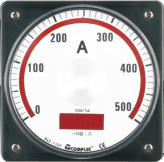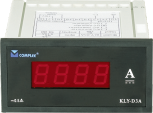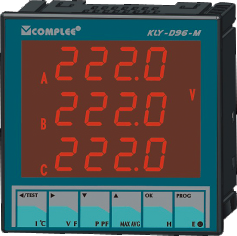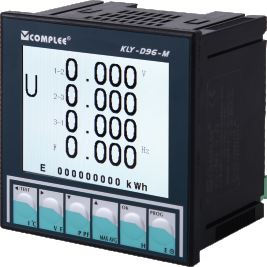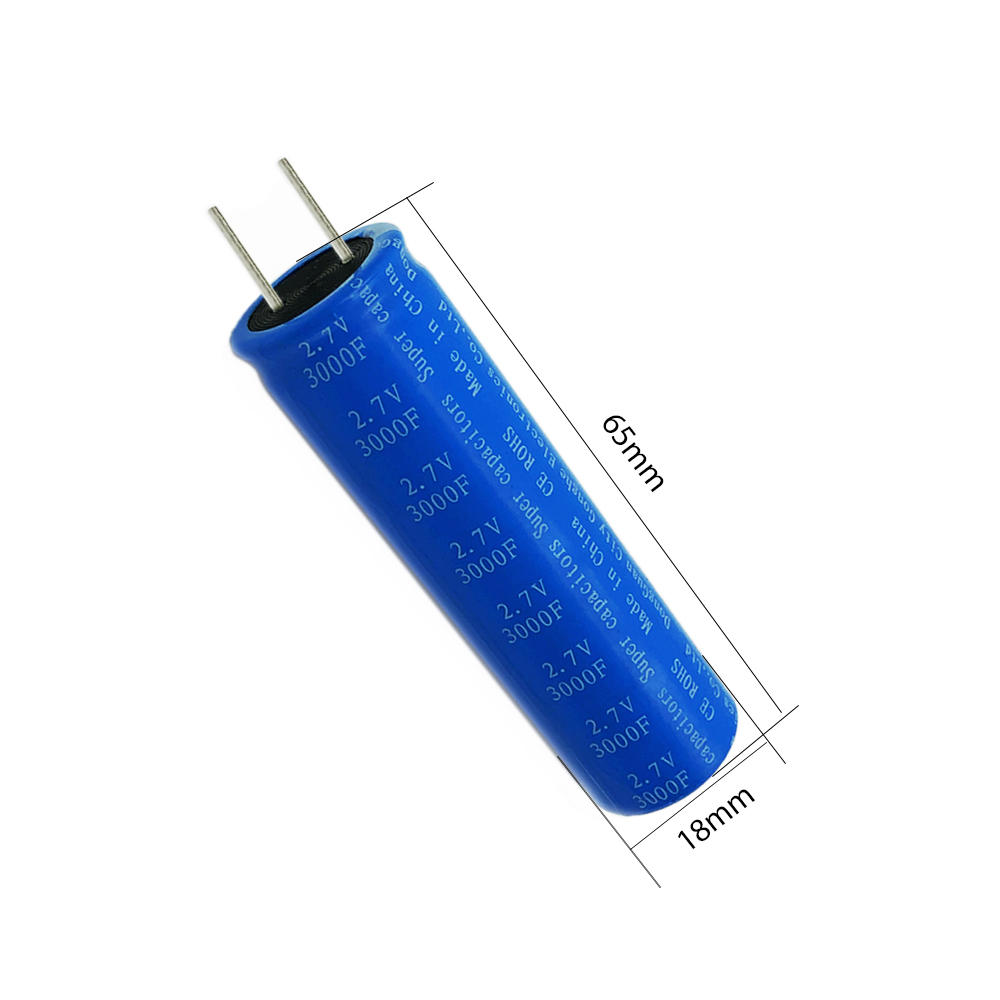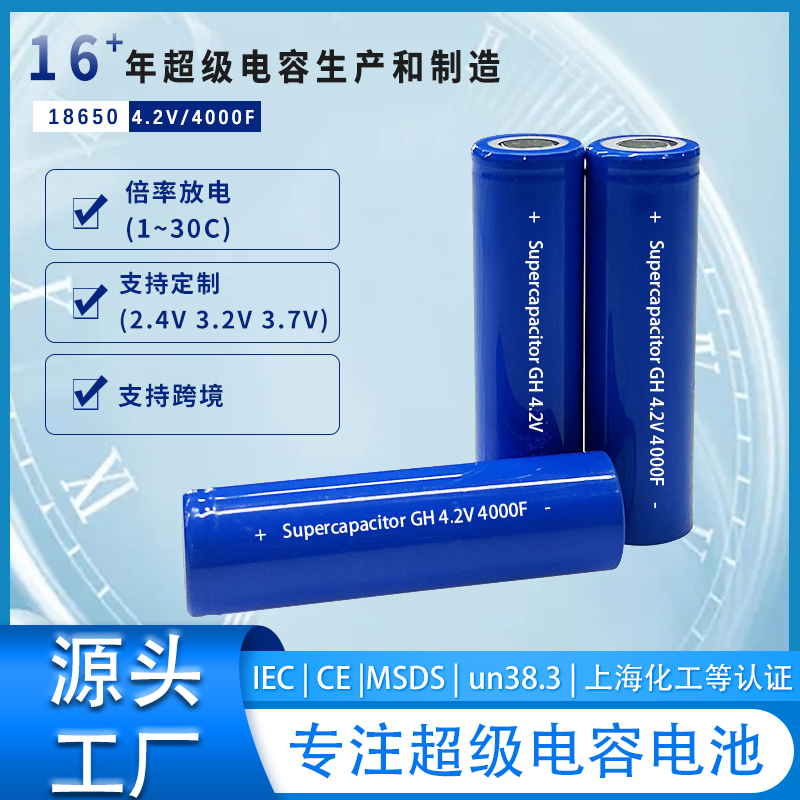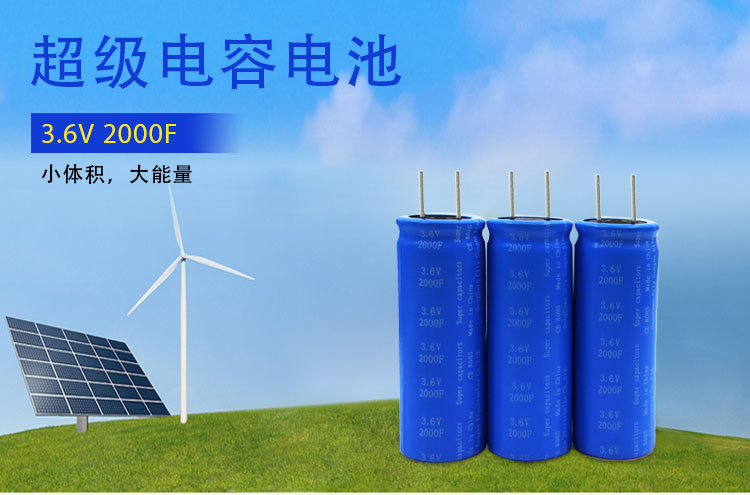Wedoany.com Report-Nov 12, The U.S. Army Corps of Engineers (USACE) has issued a $22,019,171 contract to HSG Park Joint Venture 2 for dredging of the spillway approach at Garrison Dam near Riverdale, North Dakota.
The work is expected to be completed by August 27, 2027, USACE said.
“The Garrison Dam is critical infrastructure for our state, and this funding will help to ensure the dam delivers a reliable water supply for communities and agriculture, while supporting recreation and tourism,” surveyed Senator John Hoeven (R-ND). “A crucial purpose of the dam is to control Missouri River water levels and this project will help to reduce the risk of downstream flooding along the Missouri and Mississippi rivers to provide more certainty and security to the region.”
Built in 1953, the Garrison Dam is the second-most upstream project of six which were built on the mainstem of the upper Missouri River and has the largest reservoir storage capacity of all USACE projects in the nation. When combined with dams on the river’s tributaries, the projects are meant to reduce the risk of downstream flooding along the Missouri and Mississippi rivers. This mainstem system of dams is managed to balance hydropower generation, water supply, water quality, irrigation, fish and wildlife conservation, navigation, and recreation benefits. Garrison Dam has an installed capacity of 583.3 MW, and an annual generation of 2,250 GWh.
Last October, USACE said it was preparing for what it called “the largest dam safety modification project in USACE history” at Garrison Dam.
Garrison Dam was not designed for the reservoir elevations and spillway releases to be expected under today’s conditions, according to Andrew Barry, chief of the USACE Omaha District’s Dam Safety Production Center. “Modifying the spillway and other structural work will help ensure the dam and spillway can be operated at the full range of potential flows and continue to reduce the impact of flooding on people and property downstream of the dam,” he said.
Concerns with the spillway were identified during dam safety inspections after record runoff into the Upper Missouri River Basin and Lake Sakakawea in 2011. High water levels in Lake Sakakawea required opening the dam’s spillway gates for flood risk management purposes for the first time since the dam became operational. The peak flow of about 60,000 cubic feet per second of water released through the spillway created a high pressurization of the subdrainage system that caused damage to the spillway system and concrete within the spillway chute.
Barry said the modifications primarily focus on critical spillway components, including the tainter gates, abutments, areas behind the spillway chute walls, drainage pipes, chute slab and stilling basin. Modifications also include new seepage drains on the embankment near the dam’s 517.8 MW hydroelectric powerhouse. Construction is expected to begin around 2029 and take about six years.

